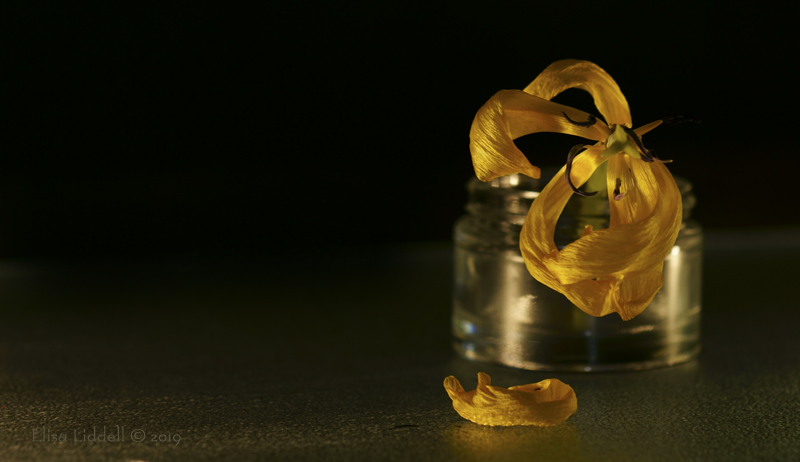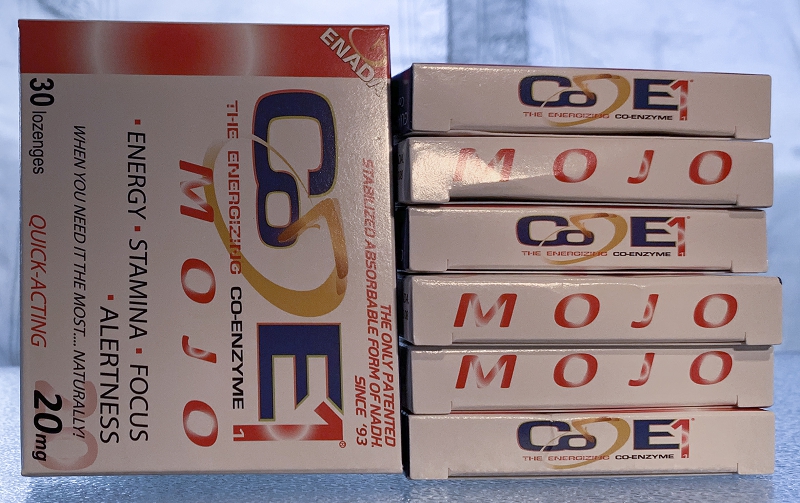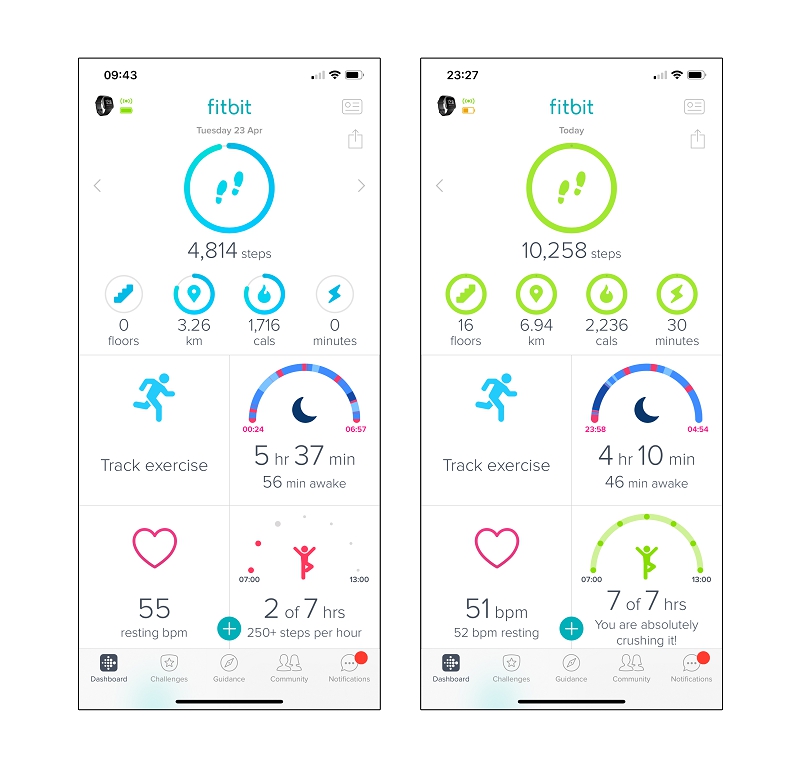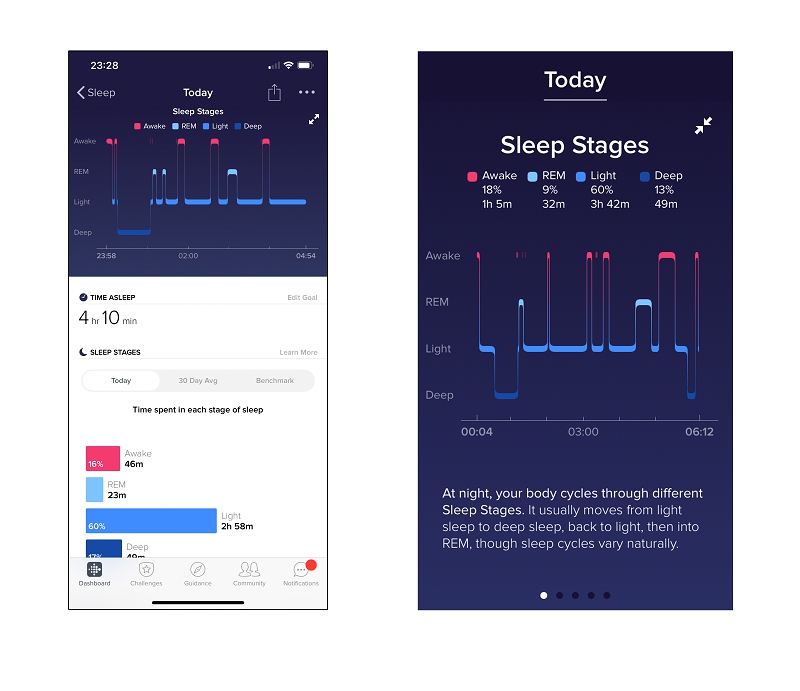… or “living with the enemy”.

It feels a whole lot like living with the ‘enemy’ – only the enemy is in fact your own body. And let’s face it, thinking of your own body as “the enemy” is not going to be very helpful! I’ve been learning to live with M.E. for over 30 years now. Looking back to the 1980s (not something I like to do) there was almost no understanding of the condition, how it had appeared on the medical radar, and most significantly how to treat it. Many doctors simply didn’t believe it existed at all (“all in the mind my dear!” – “work-shy my dear”). “Yuppie ‘Flu” was the common dismissive phrase (I’d like to wring the neck of the journalist hack who thought that ‘witty’ tag up!). And to this day it has several confusing names and seems as mysterious to those who haven’t encountered it as it was way back then! It does help to at least know the name of the unexpected ‘guest’ that has suddenly appeared inside your body, and taken control of your life. There are three names that I call it by:
CFS (Chronic Fatigue Syndrome)
PVS (Post Viral Syndrome)
M.E. Myalgic Encephalomyelitis (M.E.) is a long-term (chronic), fluctuating, neurological condition that causes symptoms affecting many body systems, more commonly the nervous and immune systems. M.E. affects an estimated 250,000 people in the UK, and around 17 million people worldwide. (source: Action For M E )
So, back in the 1980s I found myself facing either hostility or complete ignorance when I became ill. I struggled on for as long as I could, and finally collapsed completely. Now I know that early intervention and careful management could have prevented such a bad outcome for me. But I spent almost 20 years with severe M.E. often unable to crawl out of bed, unable to digest food, unable to sleep. My husband was left to cope with everything – there was no help for either of us.
So this month of May 2019 is M.E. Awareness month – and I decided it was time to break my silence. The scars of the unhelpful and often abusive responses from employers and medical ‘experts’ left a legacy of shame – I was blamed for becoming ill. I am not sure how far society has improved its attitude, but I would like to share what I have learned over the years, and how I have managed to handle and manage the condition as best I can.
Firstly, I suspect that M.E. has been used as a catch-all diagnosis for a range of conditions that are little understood. Certainly there seem to be a range of symptoms and responses to treatments that suggest to me that there is not only one condition. So all I can talk about is my findings related to my own situation. It may be helpful and ring bells of recognition – or not!
I tried a whole lot of ideas and treatments over the years and found that they were of very limited use. The best was to keep an energy diary to help me stop over-tiring myself. After being a healthy and very active person I found it so hard to realise just how limited my energy supply has become. What I thought of as being very careful with my energy turned out to be miles away from the reality of how little energy I had (and have) available now. Energy, I learned the hard way, is a global thing. It takes energy to fuel the brain (lots of it!), it takes energy to talk, to think, to laugh, to cry, to get angry or frustrated. It takes lots of energy to digest food. It is NOT just a question of muscles. Talking on the phone could wipe out all my energy. Trying to write a letter, read a book, listen to music or watch TV were almost as bad. Taking a shower would wipe me out completely. And to make matters worse it would take much, much longer to replace the energy I had used. I was driving my body, like a car with no brakes, down a steep hill without realising the damage I was doing.

It was sobering to begin to chart my daily energy use, and try to keep from ‘overspending’. But I think it helped me to stop trying to use energy I just didn’t have!
For me the BIG breakthrough came when through the Action for M.E. website and news magazine. I read about an enzyme called NADH. Under the name ENADA or Co-E 1 it was/is available in pill form, and there had been reports that it helped some M.E. sufferers. It is a naturally occurring enzyme, and has a lot to do with the body’s ability to convert food into energy at the cellular level. I figured it was worth a try!

The lowest dose was 5mg and I had to begin by cutting each pill in half, my body was so weak. But I stuck with it and gradually, ever so slowly, I began to get a little more energy. I have never stopped taking my daily MOJO and now can take 20-30mg. It gives me enough energy for a few hours of very light functioning – I need a siesta every afternoon, and no ‘work’ at all in the evening. It is minimal in terms of what I did before becoming ill – but a complete revolution from the state I was in before MOJO. Like everything that I have found helpful, and now essential to my new state of about 1/8th ‘human’ – it is not available on the NHS. NOTHING useful for M.E. is available on the NHS as far as I can tell. Recovery is an expensive business!
So I understand my own condition in roughly this way. I have an inherited predisposition, as my sister has it too – and we think our maternal grandmother had it. After that a viral infection (probably influenza) knocked out my body’s ability to convert food into energy at the cellular level. This rendered me helplessly low on available energy, and unable to replenish my energy stocks. I learned to survive with so little energy, but couldn’t improve until I found a way to replace the missing enzymes that had been knocked out.
I’ve gradually read up on the scientific research and discoveries as to how the body processes food at this cellular level, and I’ve tried to summarise it here (do skip this if you like!)
Mitochondria – Turning on the Powerhouse.
Mitochondria are known as the powerhouses of the cell. They are organelles that act like a digestive system which takes in nutrients, breaks them down, and creates energy rich molecules for the cell. The biochemical processes of the cell are known as cellular respiration.
Function. The main function of mitochondria is to metabolise or break down carbohydrates and fatty acids in order to generate energy. We are unable to use these directly, but instead need to convert them in to a form of energy that cells can use called ATP (adenosine triphosphate). In our bodies the conversion from food energy to ATP happens in mitochondria.
What happens if mitochondria not function?
For our bodies the conversion from food energy to ATP happens in mitochondria. If your mitochondria are not working properly then you are less able to convert food into ATP. For cells that require a lot of ATP, for example your muscles, this is a problem and they may become weaker and get tired faster.
NADH and CoQ10
At various chemical reactions, the NAD+ picks up an electron from glucose, at which point it becomes NADH. Then NADH, along with another molecule flavin adenine dinucleotide (FADH2) will ultimately transport the electrons to the mitochondria, where the cell can harvest energy stored in the electrons.
Effective mitochondrial function relies on a variety of cofactors, including l-carnitine, alpha-lipoic acid, and coenzyme Q10 (CoQ10). CoQ10 is of particular interest because it not only supports the mitochondrial respiratory chain but also acts as a powerful antioxidant in mitochondrial membranes
Another revelatory discovery was a book called “The Sinatra Solution”.
No – not sing your way to health (a nice idea though!) but an investigation by an American cardiologist, Stephen T Sinatra, into why some of his patients didn’t recover well after surgery. He found the lack of recovery was quite close to the symptoms reported by M.E. sufferers, and thought that his research and findings might help both groups. He proposes a cocktail of vitamins, minerals and enzymes to help kick start the energy interactions. He uses several of the substances mentioned above. I find they help me, but the NADH is my essential – a few days without and I am struggling to function at all.
And then the ‘Fun’ stuff!
Over the years technology has come to my aid, indeed come to my rescue! Which may not be ‘fun’ unless, like me, you have a hidden ‘geek’ inside, just waiting to be asked to join the party!
In the 1990s I discovered palmtop computers – the forerunners of today’s smartphones. I needed to keep track of my daily energy expenditure, and I wanted to keep a Journal and write a dream diary – and a keyboard was less painful than using a pen. The Psion and Geofox hand-held computers proved to be a great find. Today a small laptop and an iPad have revolutionised life for me. And the ease of email compared with using the phone to communicate – another massive help.

I also need to find a way to help with sleeping. The M.E. had (still has) compromised some of the basic, crucial things that the autonomic nervous system controls, such as body temperature and sleep ‘switches’. I lost the ability to sleep normally. I’ve never recovered it – it is still a daily battle. But now I have a constant companion – my Fitbit! As well as tracking my energy expenditure it can also give me a rough guide to what is happening when I sleep (or don’t).
It amuses me that I use my Fitbit to STOP myself from exercising too much – the direct opposite of its stated purpose. I can track my physical energy usage, though not the mental energy, such as writing this article.

Two days of energy use.
On the left one I have little green, which means I have stayed within my guidelines for good energy management. I try to keep my moving about to the mornings, so try to get my beneficial exercise (gentle walking and using muscles to keep them as strong as I can) between 7 a.m. and 2 p.m. This is so important, as I want to keep as active as I can. So I’ve set a goal of taking 250 steps each hour. It’s not rigid, just a guide. So is the global daily target of 5,000 steps.
The day recorded on the right was an overspending of my energy reserves. So much green! Applauded by the Fitbit, but to me it is a warning that I will need a few days of minimum energy expenditure to allow myself time to recover. I probably went out taking photos that morning, or went grocery shopping with my husband. (Even now and when feeling relatively good I cannot go out by myself.) It is such a good visual way to keep track of what I am doing – something it is tedious to have to record by hand. But it is vital that I don’t just forget those busy days, and gradually push myself into a relapse. It is a delicate balancing act, like a tight-rope walker constantly balancing over the ravine!
And then there’s sleep. And the Fitbit can do what I can’t – track my sleep pattern. I’ve no idea what a ‘healthy’ graph would look like – but here’s a couple of mine.

A couple of random screenshots of my sleep pattern through the night. The Fitbit syncs with my iPhone, so I can see easily what’s happening. It measures the different kinds of sleep – deep, light and REM – and also how often I am awake through the night. And of course how long I sleep, though I usually add an hour or two to the total by my afternoon nap. Again technology can come to my rescue, and help me.
I used to be able to take Melatonin to help regulate my body clock and sleep pattern. But since 1995 it is illegal to buy it in the UK. And as I don’t have a recognised sleep disorder my GP cannot prescribe it for M.E.
So between my Fitbit, my laptop and my smartphone I have technology to help me – benefits of the computer revolution.
And so – you doubtless need a gold star and a reviving cup of tea or coffee now.
I write this hoping that it might prove helpful to fellow sufferers or their families, or maybe just to help people to understand what this overlooked and largely forgotten illness is. An estimate of 17 million sufferers world-wide should mean it gets research and financial support, as well as widespread recognition within the medical community. We are mainly too ill to make a whole lot of noise – but we do need to be heard!
Flickr holds Elisa’s online Photo Gallery
© 2019 Elisa Liddell
